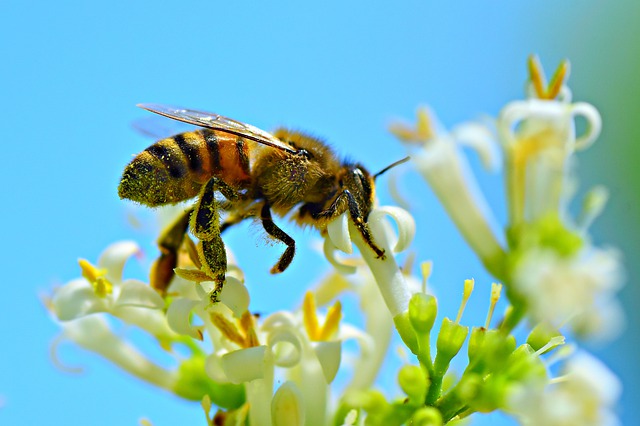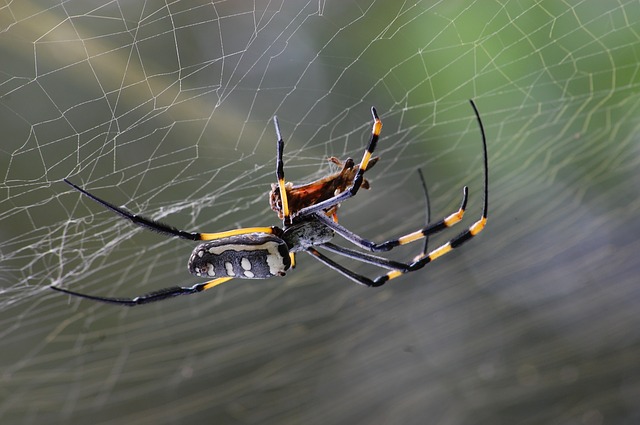What to Know About Bug Bites, Disease and Prevention
July 09, 2019

Now that summer’s here, people are spending more time outdoors. That’s a great thing. It’s relaxing. It’s good for your health. It can even be educational.
But you’re not alone!
Bugs are everywhere. Some are easy to spot. Others may be hidden away. Some encounters can just be irritating. Or they could have the potential for transmitting a serious disease that might even be life threatening.
Moreover, the Centers for Disease Control and Prevention has said that reported cases of vector-borne diseases transmitted by bug bites tripled between 2004 and 2016. Plus, many cases go unreported.
To help make your time in the great outdoors more enjoyable, and safe, here are some tips on bug bites, bug bite diseases and how to protect against them.
Mosquitoes

These pesky insects are typically active at night, dawn and dusk. They are often found close to standing water where they breed, so try to avoid this when you can. You can protect yourself by wearing long sleeves and pants, and by applying insect repellent with DEET (follow instructions for children). If you get bitten, you can use over-the-counter itch relief or calamine lotion. But don’t scratch. It’ll just make the itch worse and could lead to infection. Mosquitoes can be carriers of dangerous diseases like West Nile, Zika, malaria and encephalitis. Danger signs include flu-like symptoms, muscle weakness or paralysis, and confusion.
- Activity: Night, dawn and dusk; standing water
- Protection: Long sleeves and pants, insect repellent with DEET (follow instructions for children)
- Treatment: Over-the-counter itch relief, calamine lotion, don’t scratch
- Disease potential: West Nile virus, Zika, malaria, encephalitis
- Danger signs: Flu-like symptoms, muscle weakness/paralysis, confusion
Bees and Wasps

Bees and wasps can be found almost anywhere when the temperature is to their liking (57 to 100 degrees F). They like areas with garbage and flowering plants. Wearing light-colored clothing and avoiding perfumes or scented hair treatments can reduce your appeal to them. Move away gently and slowly, since quick movements may irritate them. When stung, remove the stinger with your fingernail, not tweezers, and wash the area. Danger signs include swelling lips, difficulty breathing and a tightening of the throat which can indicate an anaphylactic allergic reaction. It’s a good idea to carry an epinephrine shot for anyone with a known allergy.
- Activity: Anywhere
- Protection: Light colored clothes, no perfume or scented hair treatments, avoid garbage and flowering plants, move away slowly
- Treatment: Remove bee stinger (fingernail, not tweezers), wash area; epinephrine shot for allergy
- Danger signs: Swelling lips, difficulty breathing, tightening throat (anaphylactic/allergic reaction)
Ticks

Ticks like fields and wooded areas as well as traveling on animals. On you, they like to hide in
areas of the body with tender skin or tight clothing. So, stay covered with long sleeves and pants, shirt tucked in and socks over pant legs. A permethrin-based repellent can also be effective. When you get home, check your body carefully, take a shower and tumble dry your clothes at high heat. If you find one on your body, gently remove it with tweezers making sure not to leave the head behind. It’s also wise to take the tick to your doctor for testing within 48 to 72 hours, since they can be carriers of serious diseases such as Lyme disease, Rocky Mountain spotted fever, ehrlichiosis and anaplasmosis. Danger signs include fever, chills, rash, headache, muscle/joint pain and extreme fatigue.
- Activity: Fields and woods, on animals, areas of body with tender skin or tight clothing
- Protection: Long sleeves and pants, shirt tucked in, socks over pant legs, check body carefully, permethrin repellent, shower, tumble dry clothing at high heat
- Treatment: Check the body, gently remove with tweezers, take tick to doctor within 48 to 72 hours for testing, antibiotics
- Disease potential: Lyme disease, Rocky Mountain spotted fever, ehrlichiosis, anaplasmosis
- Danger signs: Fever, chills, rash, headache muscle/joint pain, extreme fatigue
Biting Flies
There are several types of these, and they are often found around water. As with other pests, wearing long sleeves and pants and avoiding dark colors can reduce your attractiveness to them. Insect repellent with DEET can be effective (again, follow instructions for children). Wash the area and apply anti-itch relief. Taking an antihistamine can also help. Danger signs from bites can be slow healing and excessive pain. There is generally no threat of disease from fly bites, except for the rare possibility of Tularemia from deer flies.
- Activity: Around water
- Protection: Long sleeves and pants, avoid dark colored clothes, insect repellent with DEET (follow instructions for children)
- Treatment: Wash area, anti-itch relief, antihistamine
- Disease potential: None generally (deer flies, Tularemia rarely)
- Danger signs: Slow healing, excessive pain
Spiders

These eight-legged creatures are everywhere. And, like bees and wasps, they have a positive role to play in our ecosystem. But some of them require awareness and vigilance. Of particular concern are black widows, brown recluses and hobo spiders. Danger signs from spider bites can be pain, blistering, skin lesions, sweating, fever and difficulty breathing. Treatment depends on the type of spider, so try to remember what it looked like. Or, better yet, capture it to show your doctor.
- Activity: Everywhere
- Protection: Watch out for black widow, brown recluse, hobo
- Treatment: Dependent on type of spider
- Danger signs: Pain, blistering, skin lesions, sweating, fever, difficulty breathing
Cause and Effect
As we mentioned at the beginning, the level of cases involving vector-borne disease is increasing. There are several reasons for this trend, including:
- Changes in climate resulting in hotter, wetter weather
- For example, temperature-sensitive mosquitoes appearing in previously cooler areas, shorter and higher breeding cycles, quicker internal incubation of viruses for a longer infectious period
- International travel and commerce extending the reach of carriers and diseases
- Changing patterns of human interaction with the environment
- Urban sprawl, resulting in a loss of natural habitat and isolation from natural predators
- Underfunding and budget cuts for public health preparedness and response
- Limited or no treatments or vaccines
Relax and Be Aware
So now that you’re totally put off from going out your door, don’t be! All it takes to stay safe is being alert to your surroundings. Knowing where and when these creatures are likely to congregate. How to avoid contact. And what to do if you have an encounter.
Overall, the benefits of spending time in the natural world greatly outweigh the potential dangers. So get out and explore the beauty and variety that surrounds us.










